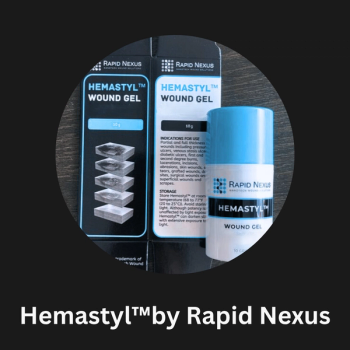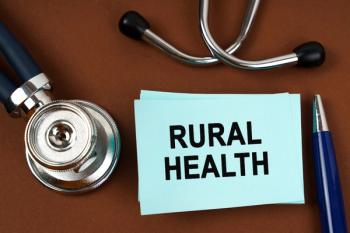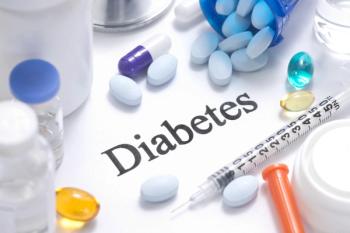
“Mismatch” with opioid treatment, vulnerable communities, leaves patients at risk in disaster
Study examines locations, preparedness for pandemic, treatment disruptions.
A “mismatch” between opioid treatment locations and vulnerable communities across the United States could lead to disruptions in care for patients in times of disaster, according to a
The
“In plain terms, we are not placing enough services in communities that are more vulnerable to disasters and pandemics,” Joudrey said in a
This mismatch between community vulnerability during disaster and the availability of services was the worst for vulnerable suburban communities -- a particularly unique finding, Joudrey said.
“We also found that in rural communities, because the availability of services was just bad all around, there was no association between vulnerability and access to medications,” said Joudrey, assistant professor of medicine and Yale Drug Use, Addiction, and HIV Research scholar.
The researchers analyzed locations of treatment facilities in 32,434 zip codes across the United States, compared with social vulnerability of residents. The social vulnerability index measures four themes: socioeconomic status; household composition and disabilities; racial and ethnic minority status and language; and housing type and transportation.
Across the nation, “zip codes with greater social vulnerability did not have greater geographic access to each of the three MOUDs, showing the degree to which the United States falls short of ensuring equitable access to all MOUDs, especially during natural disasters,” the study said.
Almost 25% of the population of the continental United States lives without access to the medications within a 30-minute drive.
The researchers said the findings confirm what has been reported in recent natural disasters.
“Hurricane Katrina, Hurricane Sandy, and Hurricane Maria showed that part of the deaths that occur following disasters such as those are because people's health services were disrupted,” said Wang, professor of medicine and of public health and director of the SEICHE Center for Health and Justice at Yale. “Our results show that preparedness has too long been only a practice for the middle and upper class. We need to think more deliberately about how preparedness for hurricanes and for COVID-19 includes those placed at highest risk.”
The study, “Assessment of Community-Level Vulnerability and Access to Medications for Opioid Use Disorder,” was published in the journal JAMA Network Open.
Newsletter
Stay informed and empowered with Medical Economics enewsletter, delivering expert insights, financial strategies, practice management tips and technology trends — tailored for today’s physicians.


















